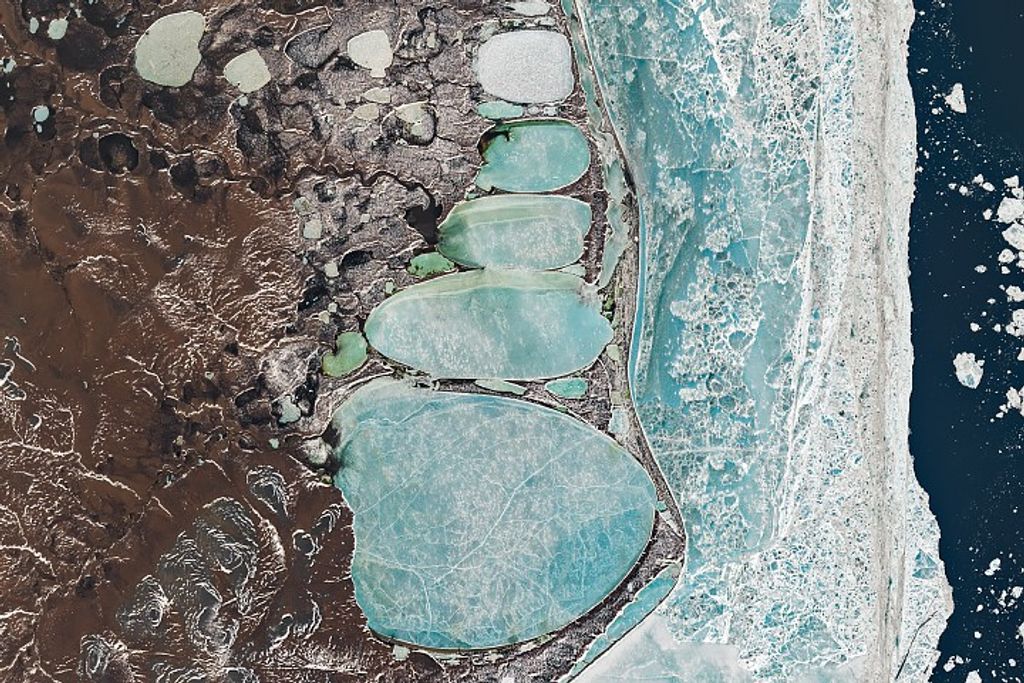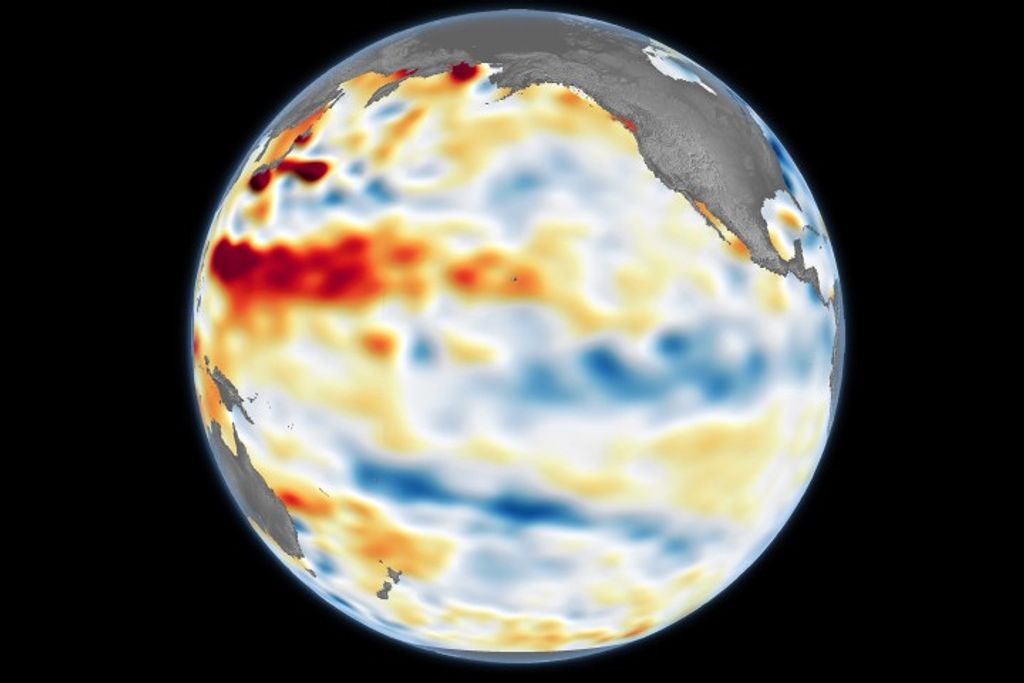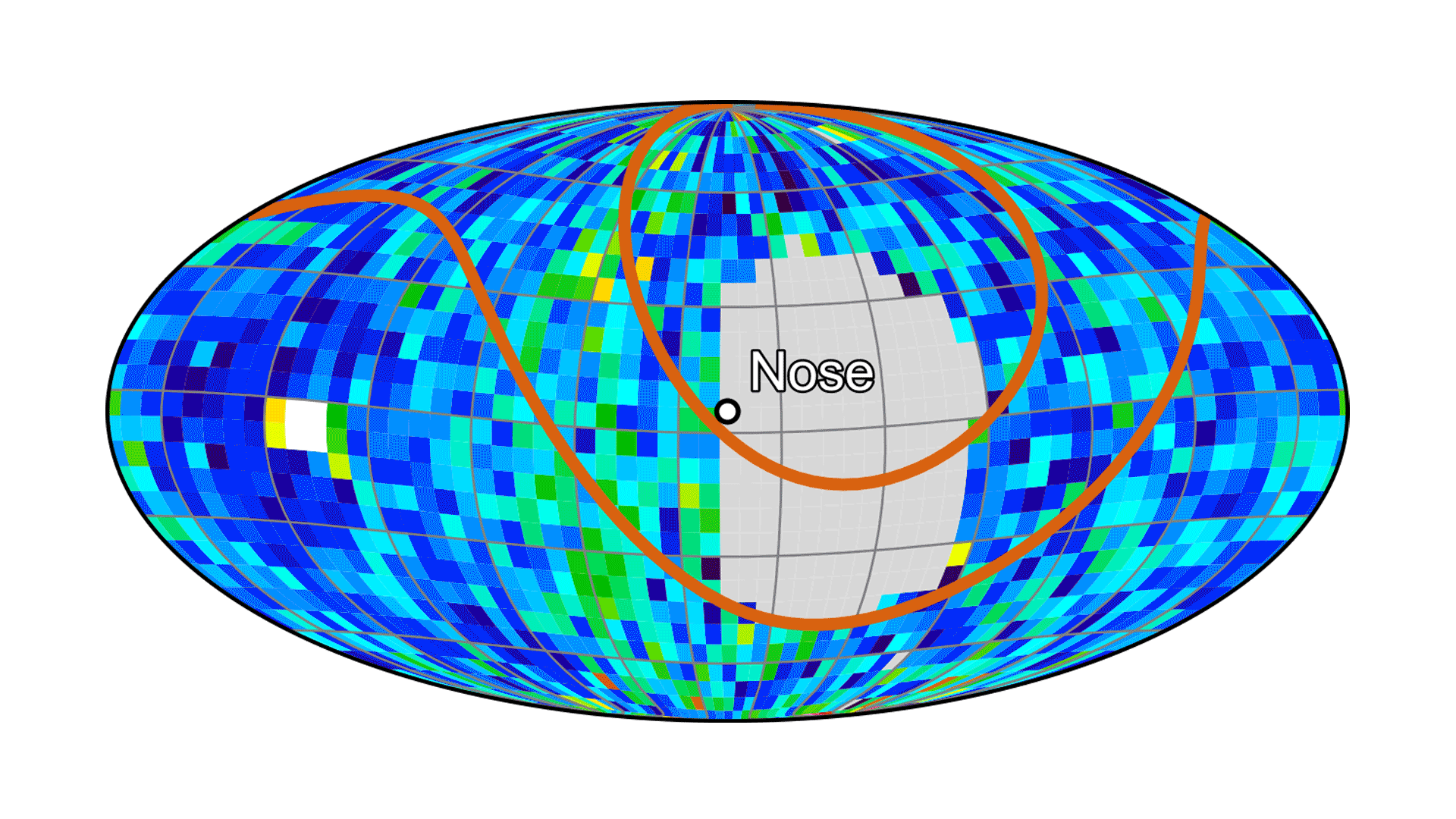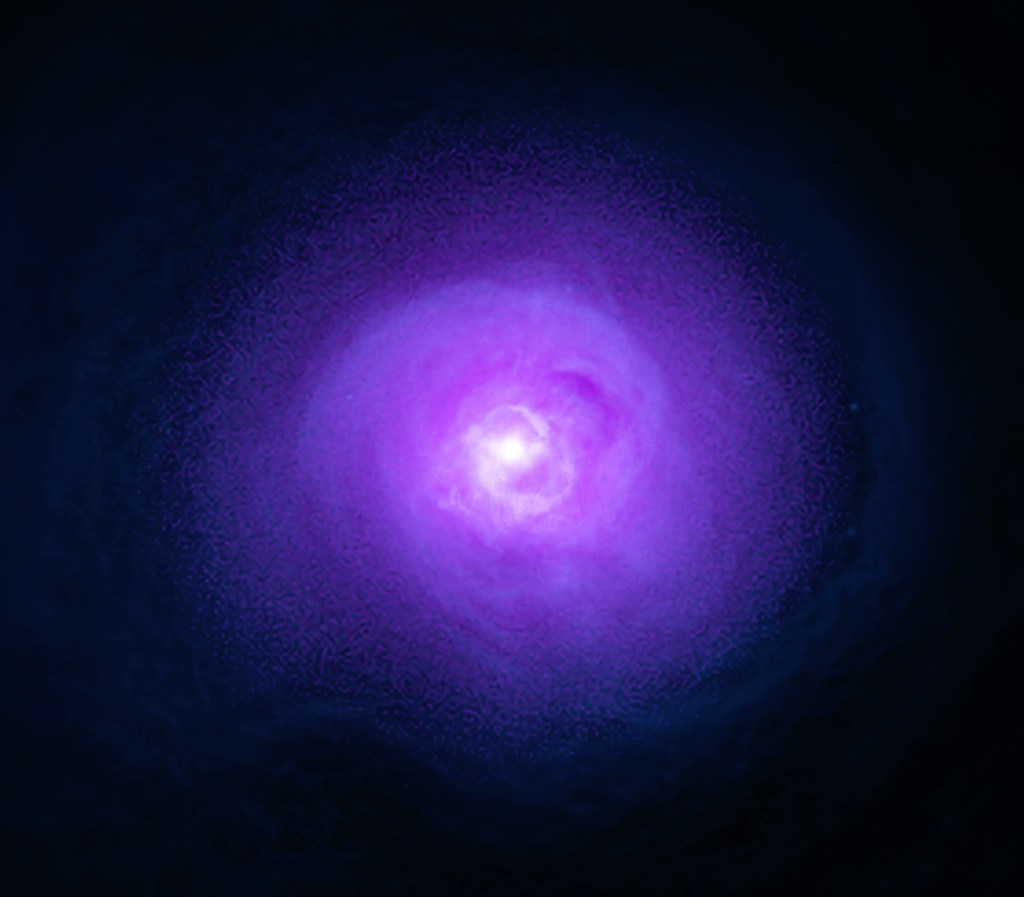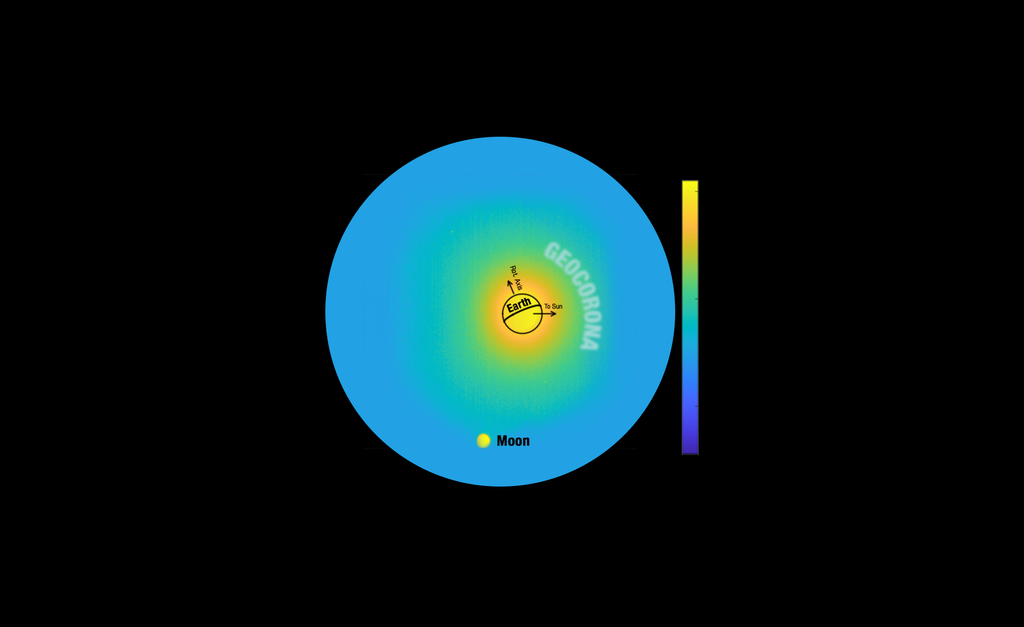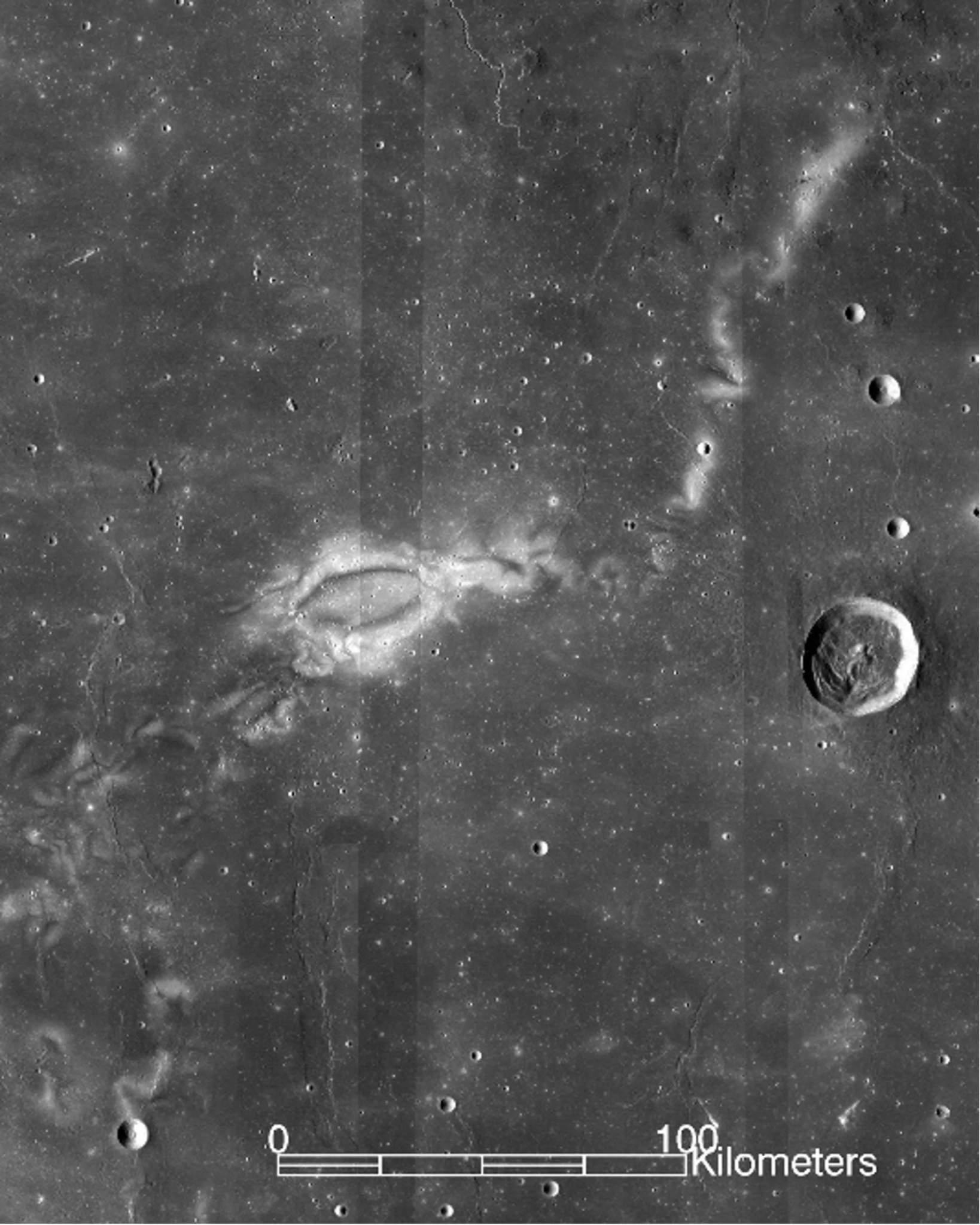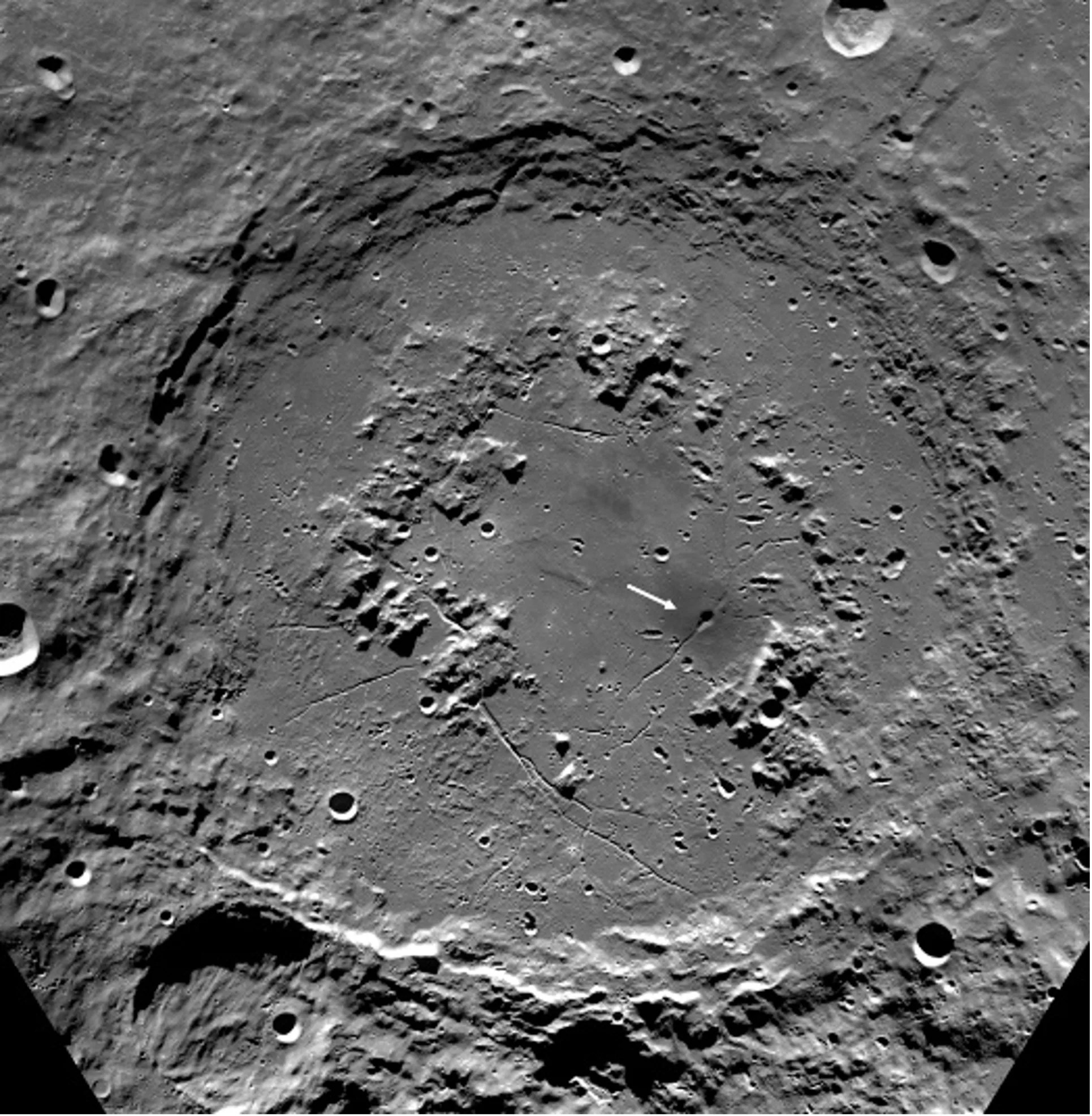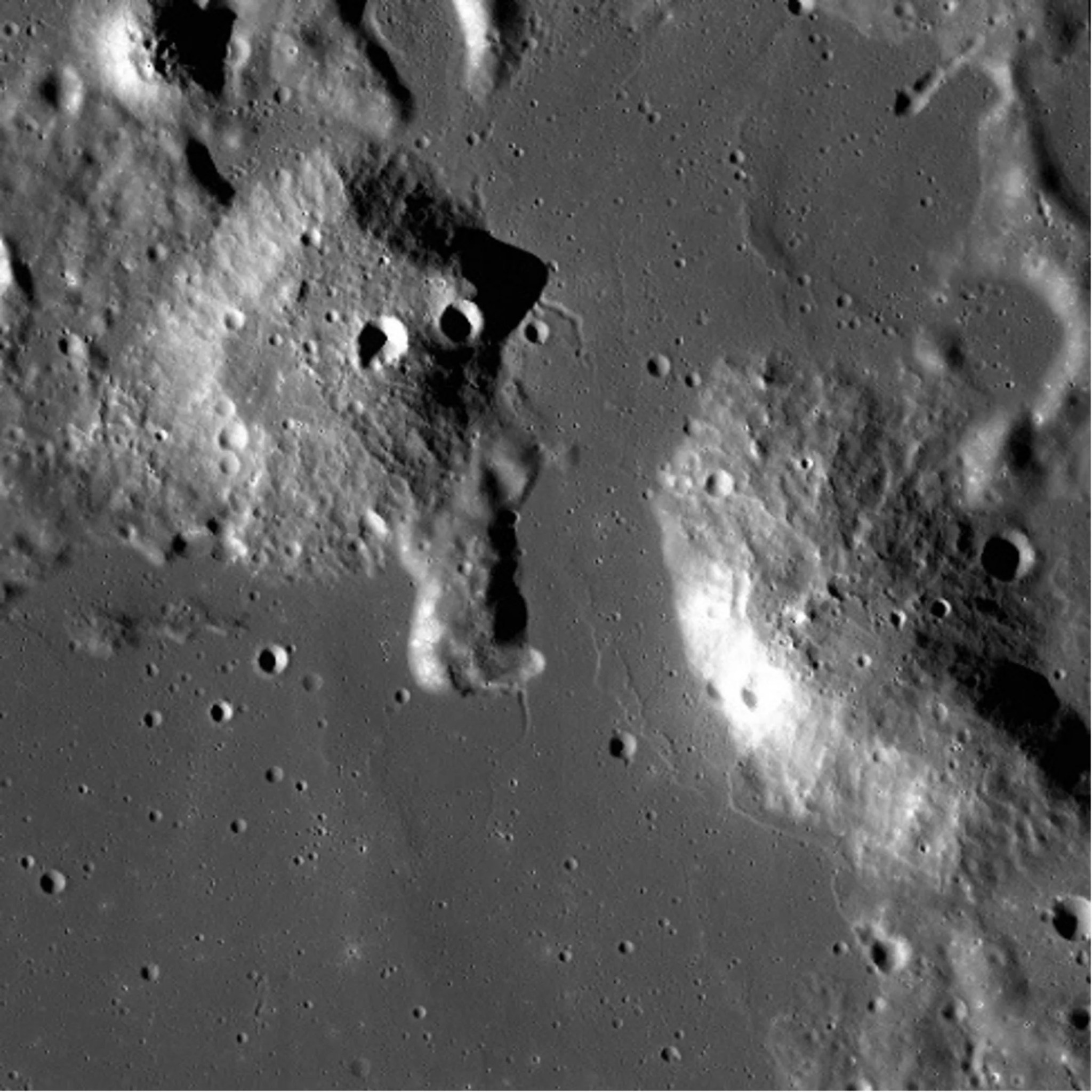Lunar Instrument Development
NASA Provided Lunar Payloads (NPLP)
NPLPs are science and technology payloads resulting from a solicitation call for proposals to NASA centers in 2019. NASA selected 13 instruments that were identified as ready or very nearly ready to fly, and would accomplish a mixture of science, technology, and exploration objectives. As the first payloads to be solicited and developed for CLPS, NPLPs will fly to the lunar surface on the earliest CLPS deliveries.
Lunar Surface Instrument and Technology Payloads (LSITP)
LSITPs are small, science and technology payloads that were solicited to fly on early CLPS deliveries. In 2019, NASA selected 12 LSITPs that will address science goals from a variety of NASA’s four divisions. For more information on LSITPs, please visit the Planetary Mission Program website.
Payloads and Research Investigations on the Surface of the Moon (PRISM)
The PRISM solicitation call results in PI-led suites of instruments that will be delivered to the lunar surface by CLPS. PRISM is SMD’s primary way of soliciting science-driven suites of instruments to fly to the surface of the Moon to maximize the science done at high-priority locations on the lunar surface. Landing sites for the first two PRISM solicitations are high science-value targets where significant progress can be made utilizing CLPS platforms and were chosen based on input from community documents. These sites are the Reiner Gamma lunar swirl, Schrödinger Basin, Gruithuisen Domes, and a south polar region. For the third PRISM solicitation, which is ongoing, landing destinations will be proffered and justified by proposers.
For information on upcoming solicitation calls, see Appendix F.10 of the ROSES-2022 Table 3: Solicited Research Programs
To date, five PRISM selections have been awarded:
- Lunar Vertex (PI: David Blewett, Johns Hopkins Applied Physics Laboratory) - Lunar Vertex is a joint lander and rover payload suite that will land at Reiner Gamma, a lunar swirl feature on the near side. The rover will take detailed surface measurements of the Moon’s magnetic field to better understand how lunar swirls form and evolve.
Farside Seismic Suite (FSS; PI: Dr. Mark Panning, JPL) - FSS is one of two payloads that will be delivered to the Schrodinger basin and will carry two seismometers. New seismic data from the surface of the Moon will allow scientists to better understand tectonic activity on the farside of the Moon and will provide new constraints on the internal structure of the Moon.
Lunar Interior Temperature and Materials Suite (LITMS; PI: Dr. Robert Grimm, Southwest Research Institute) - LITMS is another payload that will be delivered to Schrodinger basin and will investigate the heat flow and electrical conductivity of the lunar interior. These types of measurements will provide an in-depth look at the Moon’s internal mechanical and heat flow. Coupled with data from FSS, LITMS data will provide a more complete picture of the near- and deep-subsurface of the far side of the Moon.
- Lunar Vulkan Imaging and Spectroscopy Explorer (Lunar-VISE; PI: Dr. Kerri Donaldson Hanna, University of Central Florida) - Lunar-VISE will land at and explore the summit of one of the Gruithuisen Domes, an enigmatic volcanic feature on the nearside of the Moon. The Gruithuisen domes are suspected to have been formed by a magma rich in silica (similar in composition to granite), but without the key ingredients of oceans of liquid water and plate tectonics like are needed for silicic magmas on Earth, lunar scientists have been left to wonder how these domes formed and evolved over time. Lunar-VISE will carry five instruments – two of which will be on a stationary lander and three of which will be mounted to a mobile rover – that will collect data that will help scientists understand the formation of the domes.
- Lunar Explorer Instrument for space biology Applications (LEIA; PI: Dr. Mark Settles, NASA Ames) - LEIA will land in a south polar region and will study the biological response of yeast to the lunar environment to determine how partial gravity and deep space radiation influence biological processes.
Development and Advancement of Lunar Instrumentation (DALI)
The Development and Advancement of Lunar Instrumentation (DALI) call solicit proposals that support the development of instruments for use in future lunar missions, including CLPS and Artemis. The goal of DALI is to develop and demonstrate instruments to a Technology Readiness Level (TRL) of 6, allowing them to be proposed to future announcements of flight opportunities (e.g., CLPS, Discovery, New Frontiers). These instruments must demonstrate new technologies that significantly improve instrument measurement capabilities for addressing high priority lunar science questions.
Lunar Terrain Vehicle (LTV) Instruments
Requirements for the ESDMD-developed Lunar Terrain Vehicle (LTV) are still in development. So far, the ability to traverse from one landing zone to another and increase exploration range beyond the maximum suited walking distance are desirable. The vehicle also must be reusable and rechargeable for an approximate 10-year service life. Scientists are also interested in the ability to have remote operation from the Human Landing System, Gateway, and Earth. Ideally, this vehicle will also have the ability to survive eclipses and be able to interface with future science instruments and payloads for utilization or pre-deployment of assets. ESSIO is responsible for the development and acquisition of scientific instruments for the LTV to make best use of its unique long term lunar surface mobile capability.
Artemis Surface Instruments
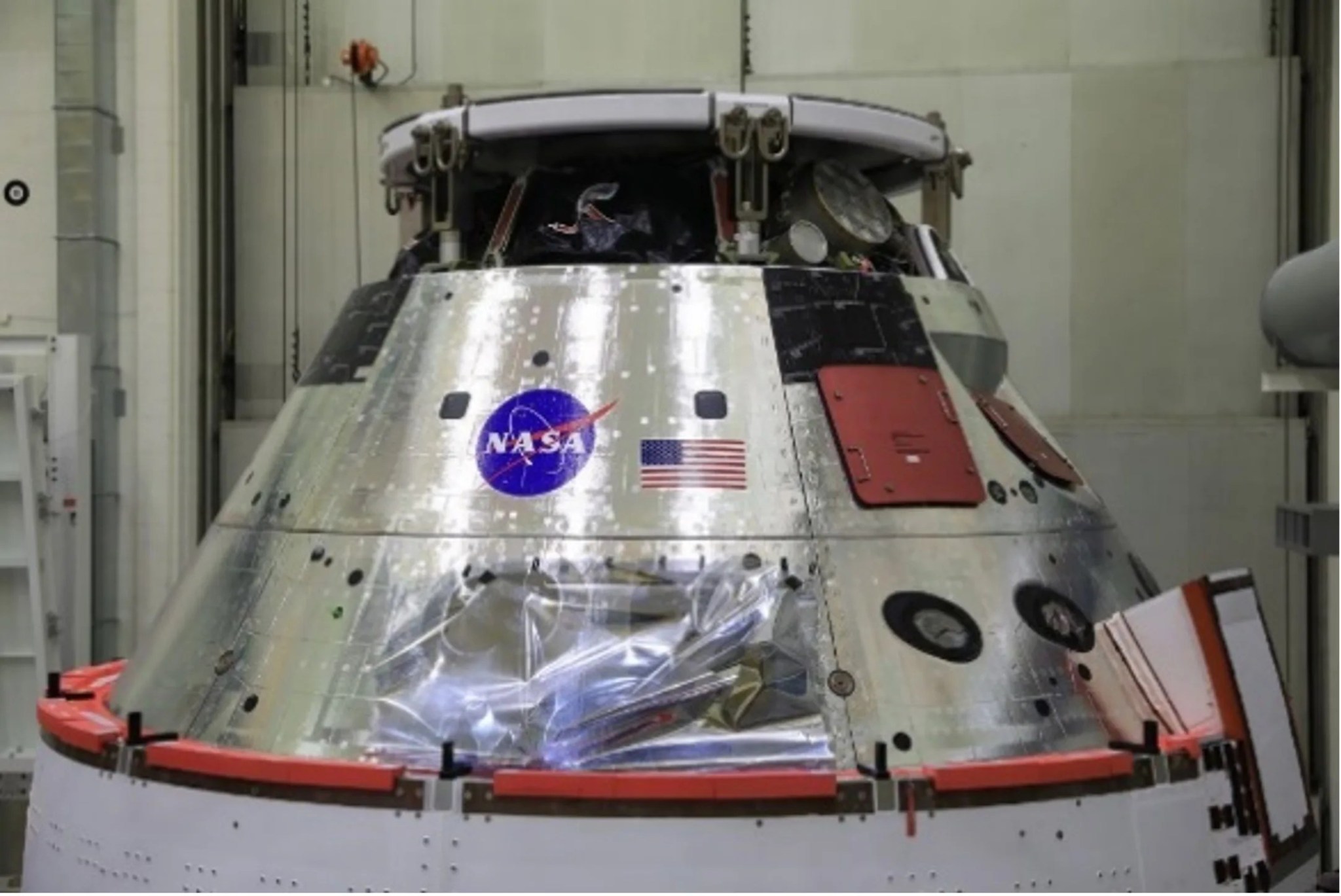
LDEP funds instruments that will be sent to the surface of the Moon on Artemis crewed missions. These instruments include hand-held tools, long-lived surface deployable packages, and instruments to be outfitted for long duration lunar rovers such as the LTV and Pressurized Rover.








